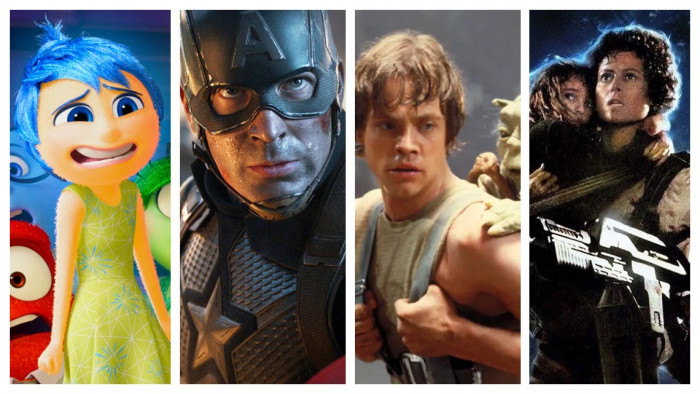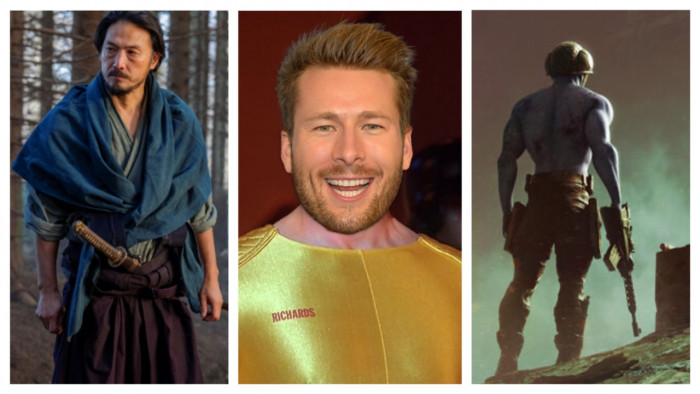He made the Godfathers, listened in on The Conversation and almost lost his mind making Apocalypse Now. ShortList talks to film God Francis Ford Coppola.
Did you use your influence after the success of the Godfather films to get Apocalypse Now made?
After the Godfather movies had been successful, you’d think they’d let me do anything, but they wouldn’t. Saigon had just fallen, and the Vietnam War was very sensitive subject matter. In the end, I financed it myself by putting up real estate – basically everything I had – in order to do it. It was a totally independent film.
Deciding to fund the film yourself must have taken some balls…
It was a gamble, because everything I owned was put up. As I was making it, the style grew more surrealistic, which meant that I didn’t know what to do for the ending. I would stay up late and try to write it. The original script ended with a big battle, but that didn’t feel appropriate for such a surreal film – to reduce it to good guys and bad guys. The good thing was that I had such power on the production that I could make these changes.
How did you collaborate with Marlon Brando to decide on the film’s final closing scenes?
The first week he came, we realised he was very unprepared. So we postponed shooting the ending with him – he was getting a million dollars a week – and for the first week we would have these long, long discussions about the war and morality and ethics and a thousand other things, little of which had anything to do with the movie, but I was recording everything. Then I would come back with it typed up and we would discuss that, and we used the whole first week in this form. All of the material for the ending of the film was a combination of our research and conversations we’d had and his musings that we’d recorded, and we’d play it back through an earphone in his ear. Then we shot a lot of it, and I edited it myself. It evolved by all means possible.
Turning to the helicopter attack scene, how did you approach shooting such a complex set-up?
One of the great values I had in the helicopter attack scene was that I was young and stupid. I thought we would just go through the scene step by step, but in the actual execution I realised just how tricky it was even to get enough helicopters in shot. The Filipino pilots were terrified – in every shot where you see eight helicopters or so, there’s another six or seven above the frame because I couldn’t get them to fly close enough to each other – the pilots were afraid of the explosions. And, even worse, they kept on being taken from us to fight an insurgency the government was fighting at the time. It was only by persistence that we were able to do it at all. But, since we had problems with typhoons destroying sets, Martin [Sheen, the leading man] having a heart attack while we were in production, and about a thousand other things go wrong, you could well say that about the whole film.
(Image: All Star)
Latest
Related Reviews and Shortlists


The 10 best war movies of the 21st century









